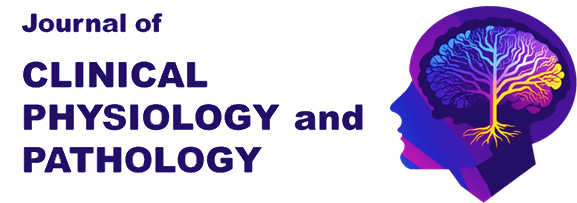Authors
Timur Kolomin, Maria Shadrina, Daniel Grosu
For сitation
Kolomin T., Shadrina M., Grosu D. Transcriptomic reaction of the rat hippocampus and spleen to singular and course injection of selank peptide. Journal of Clinical Physiology and Pathology (JCPP) 2023; 2 (1): 46-48.
Abstract
The aim of the study was to evaluate the effect of the regulatory peptide selank on the action and expression of the genome. Methods. In order to do this, we needed to locate the genes responsible for the change in expression in the hippocampus and spleen of a rat. Male Wistar rats were used in the experiment. The animals were split into 3 groups (of 8 rats with the average weight of 260 grams): control group (C), singular injected group (SI) and injected over a course (CI). 2 groups- C and SI were intranasally injected with water over the course of 5 days once a day, group CI was injected with a watered solution of selank (200 mcg/kg). Results. During the first stage, hybridization was carried out on a micromatrix for RNA from hippocampal tissues. The data obtained showed that both single and course administration of Selank changed the expression of 5 genes by more than 2 times. Since Selank is also an antiviral drug, of particular interest is the study of the mechanism of action of this peptide on the expression of these five genes in the rat spleen. A quantitative assessment carried out during the study showed that the effect of Selank on the expression of the five selected genes in the rat spleen was much more pronounced than in the hippocampus. In the spleen, there is an increase in the expression of all selected genes. The strongest increase (more than 4.5 times) was noted after a single injection of the peptide. With a course introduction, the effect of the peptide is less pronounced, the expression of selected genes increases by no more than 2 timesThe data obtained showed that both single and course administration of selank changed the expression of 5 genes by more than 2 times. The change of expression in the CX3CR1 gene is of particular interest because it is involved in the regulation of inflammatory processes. Conclusions. Our data indicate that selank may be involved in the regulation of inflammatory processes in the body. The complex biological effects of selank on the body may at least partially be due to the systemic effect of the peptide on genome expression. This mechanism of action of peptides opens up new opportunities for directed changes in the transcriptional profile under the action of oligopeptides, homologues of natural bioactive peptides. However, this will require further study of the mechanisms of action of peptides, including selank, on different systems of the body and the processes occurring in them.
Keywords
Transcriptomic Response, CX3CR1 Expression, Selank peptide.
